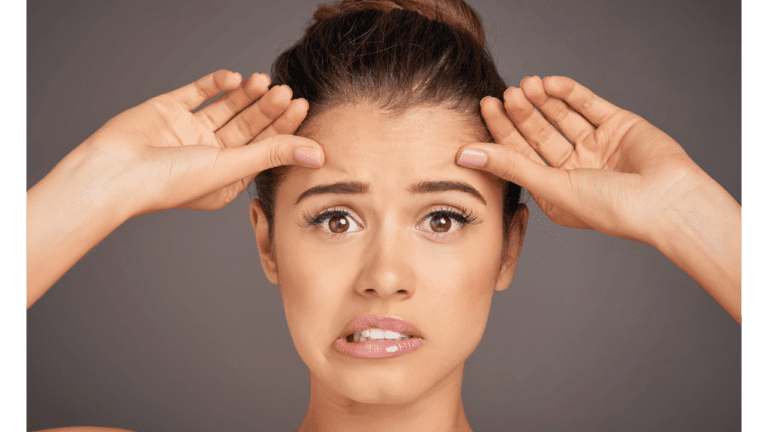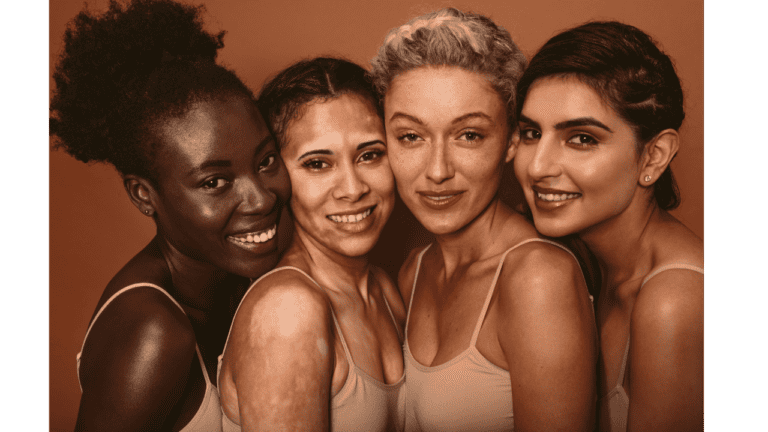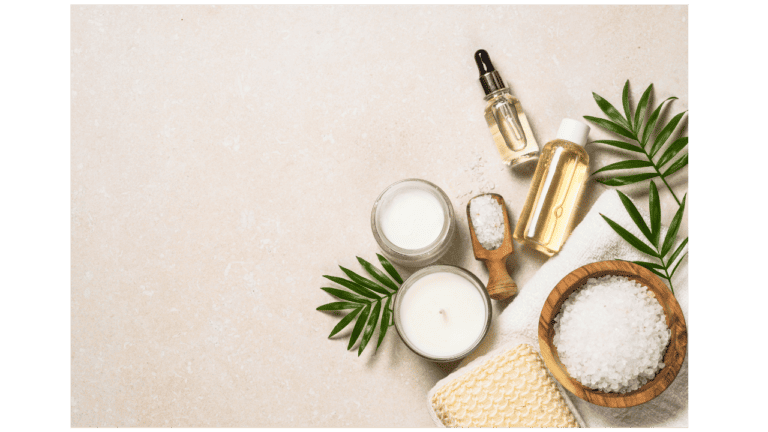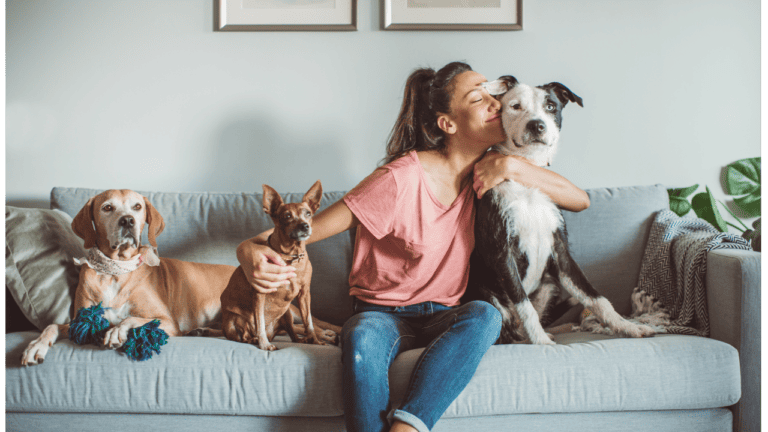You love scrolling through your phone before bed, but you’ve heard that blue light can disrupt your sleep. So, you’ve turned on your phone’s blue light filter to help you snooze better. But then lately, I’m sure you’ve been hearing of blue light therapy, that gives you health and skin benefits, but what’s the difference? They’re both blue light aren’t they?
The Key Difference
While both blue light from devices and therapy are technically just “blue light” the differences lie in their intensity, use, and potential impacts on health:
- Intensity and Exposure: Blue light therapy uses a much more intense and concentrated form of blue light compared to digital screens. In addition, the duration and timing of exposure are often carefully controlled in therapeutic settings.
- Purpose: Blue light therapy is designed to provide health benefits and treat specific conditions. In contrast, blue light from screens is a byproduct of the technology, with potential negative impacts on sleep and eye health when exposure is excessive or poorly timed.
- Control: Blue light therapy is often administered under professional guidance, whereas exposure to blue light from screens is generally self-regulated and can vary significantly from person to person.
To summarize: Blue light therapy is a more intense form of blue light, it is considered helpful only because it is carefully controlled and we do not have long exposure to it.
In conclusion, don’t be fooled by the color blue. Blue light therapy and blue light from devices are two very different things. One can help improve your skin, while the other can cause eye strain and sleep disturbances. So, next time you’re scrolling through your phone at night because of the prolonged exposure, you should still use blue light filters, and even better invest in some blue light blocking glasses.
The Benefits of Blue Light Therapy
Blue light therapy has a lot of treatments that do use a specific wavelength of blue light to target various skin conditions and improve your mood and sleep which we’ll discuss:
1. Kills Acne Making Bacteria
If you’re one of the many people who suffer from acne, blue light therapy might be the solution you’ve been searching for. This treatment works by killing the bacteria that causes acne, reducing inflammation, and decreasing the size of your pores. It’s so a nice painless way to get clear skin because you don’t have to use any invasive techniques.
But don’t just take our word for it. According to a study published in the Journal of Cosmetic and Laser Therapy, blue light therapy is an effective treatment for mild to moderate acne. So, say goodbye to those pesky pimples and hello to a clear complexion.
2. Chasing Away the Blues: Mood and Sleep Enhancements
Blue light therapy has also been attributed for improving mood mood and increase energy levels. It’s like a ray of sunshine on a cloudy day.
But that’s not all. Blue light therapy can also help regulate your sleep cycle. Exposure to blue light in the morning can help you feel more awake and alert during the day, while avoiding blue light at night can help you fall asleep faster and improve the quality of your sleep. This is the reason why we use blue light filters at night.
So, if you’re looking for a natural way to boost your mood and improve your sleep, blue light therapy might be just what you need.
In conclusion, blue light therapy is a safe and effective treatment for a variety of skin conditions and can also improve your mood and sleep. So, why not give it a try? Your skin (and your mood) will thank you.
How Blue Light Can Harm You

1. Eye Strain
Staring at screens for hours on end can cause eye strain. Symptoms include dry eyes, blurred vision, and headaches. You might even feel like your eyes are burning. The culprit? Blue light.
Blue light has a shorter wavelength than other colors in the visible light spectrum. That means it scatters more easily, making it harder for your eyes to focus. And when you’re looking at a screen, you’re exposing your eyes to a lot of blue light.
2. Sleep Disruptions
Blue light can also disrupt your sleep. Your body’s internal clock, or circadian rhythm, is regulated by light. When it’s dark, your body produces melatonin, a hormone that helps you sleep. But exposure to blue light can suppress melatonin production, making it harder for you to fall asleep.
And it’s not just your phone or tablet that’s the problem. LED lights, including the ones in your home and office, also emit blue light. So if you’re staring at screens all day and then coming home to a brightly lit house, you’re not doing your sleep any favors.
To avoid eye strain and sleep disruptions, you can take a few simple steps:
- Use the 20-20-20 rule: every 20 minutes, look away from your screen and focus on something 20 feet away for 20 seconds.
- Adjust the brightness of your screen. You don’t need it to be as bright as the sun.
- Use a blue light filter on your device. Many devices have this built-in, or you can download an app to do it for you.
- Avoid using devices before bed. Try reading a book or taking a bath instead.
So the next time you’re scrolling through your phone at 2am, remember: the joke’s on your eyes and your sleep.
How Blue Light Therapy is Controlled to Maximize Benefits and Minimize Harm
It’s no secret that blue light itself is harmful to a certain extent. When exposed over long durations of time to our eyes, it causes digital eye strain and even eventually lead to damaged light-sensitive cells in the retina. Not to mention, blue light also disrupts our sleep because it alters our circadian rhythms. But! It also has various amazing Benefits.
Unlike the blue light emitted from your phone or computer screen, blue light therapy is a concentrated form of light therapy that uses high-intensity blue light to treat a range of conditions. It’s often used to help treat seasonal affective disorder (SAD), acne, and even sleep disorders. The light is thought to stimulate the brain’s production of serotonin, which can help improve mood and regulate sleep patterns.
While blue light from devices can be harmful to your sleep, blue light therapy can actually help improve it. So, if you’re struggling with sleep or other health conditions, blue light therapy might be worth exploring. Just make sure to talk to your doctor before trying it out.
The Punchline: Why Blue Light Therapy is Different
So, you’ve been staring at your phone, tablet, or computer screen for hours on end, and now you’re worried about the effects of blue light on your eyes. You’ve heard about blue light therapy, but you’re not sure how it’s different from the regular blue light that’s emitted by your devices. Well, let me break it down for you.
First of all, blue light therapy uses a specific wavelength of blue light that’s been shown to have therapeutic benefits. This wavelength is typically around 450 nanometers, which is in the range of blue-violet light. Regular blue light from devices, on the other hand, can vary in wavelength and intensity.
Secondly, blue light therapy is typically used for a specific purpose, such as treating seasonal affective disorder (SAD) or acne. In contrast, regular blue light from devices is just a byproduct of their screens and isn’t intended to have any therapeutic effects.
Finally, the way that blue light therapy is administered is different from how you’re exposed to regular blue light from devices. Blue light therapy typically involves sitting in front of a light therapy box for a certain amount of time each day. Regular blue light from devices, on the other hand, is emitted constantly while you’re using them.
So, in summary, blue light therapy is different from regular blue light from devices because it uses a specific wavelength of blue light for therapeutic purposes, is used for a specific reason, and is administered differently. But don’t worry, you don’t have to give up your devices altogether – just be mindful of your screen time and consider investing in blue light blocking glasses.






